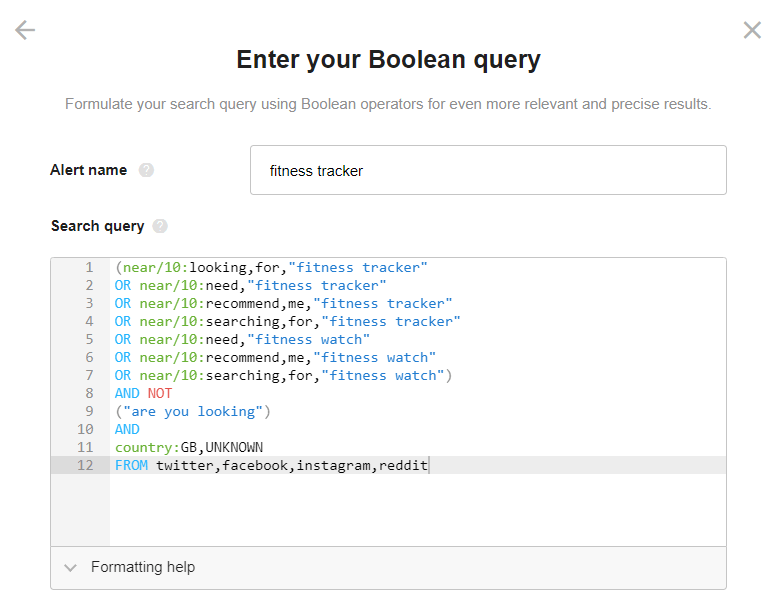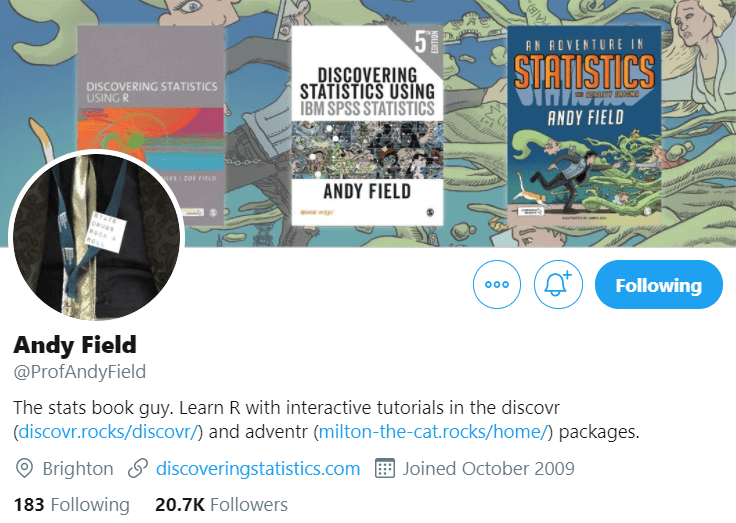There isn’t a single marketer left who doesn’t believe social media is a fitting tool for lead generation.
By 2020, even the most conservative marketers out there have learned to promote their product through Instagram stories, create social media brand pages, and play with Facebook ads.
But there is a problem. Everyone who tried social advertising knows what frustration feels like.
Every marketer posting dozens of useful and engaging content, images, and videos on social media platforms has felt like the efforts are just not paying off.
Organic reach takes years until you get enough leads to justify the work.
Advertising sucks the money out of you. The moment you stop investing in it, the leads just disappear as if they were never real in the first place.
What’s the way out?
Note how the title of the article says creative methods to use social selling for lead generation.
By that I don’t mean creative design or creative copywriting ― both depend on your skill, and I am sure you’re doing the best you can already. By creative I mean methods that are not overused.
In this article, we’ll go through these methods one by one.
Note: Ready to find out which social media strategy works best for your B2B business? Sign up for Leadfeeder’s free 14-day free trial to track your social selling progress and attract more leads.
1. Find people who are looking for a product like yours
Social media is for everything you can think of.
But more than anything, it’s for effortlessly communicating with massive groups of people.
Social media allows you to create polls, ask for an opinion, ask for advice from hundreds or thousands of users at once. And people get the most of this possibility.
If a person is looking for something, for example, a product or service, the second thing they do after Googling is asking about it online. They turn to their Facebook, Twitter, or Instagram followers, or to the Reddit community, and ask to recommend something.
Here’s an example of a clear intent to find a dating app.

For anyone promoting dating apps, it would be enough to look for mentions of “dating app” + “recommend” to find these and similar posts, and pitch their product.
When pitching, you can act as a brand representative or as a regular social media user.
Depending on your approach, your actions will be different.
In the first case, you might talk a bit about the product and how it’s better than its competitors and offer a discount or any other incentive.
In the second case, you might tell a bit about your personal experience or even just casually mention the product.
Whatever your approach is, however, there is one thing that has to happen before you start selling on social media. And it’s finding these people who are looking for a product or service like yours.
That’s when social media monitoring tools (also called social listening tools) enter the scene.

With most social listening tools you can set up a complicated query using Boolean search that will find you posts that signal the buying intent.
All you have to do is come up with the phrases that people use and enter them together with the name(s) of your industry. For example, this would be a combination of “can anyone recommend/looking for/need a/” and “fitness watch/fitness tracker”.
This is an example of a Boolean search query.

In the example, the tool is searching for those who are looking for a fitness tracker.
Once set up, social listening is happening nonstop, and you’ll know about the new people voicing their intent on social media as soon as they post about it.
What’s so special about this method?
Finding and approaching people who are actively looking for a product or service online means you’re finding leads that are already hot.
You don’t have to convince them they need a fitness tracker. You don’t have to paint a picture when with the fitness tracker they are finally fit and healthy and conventionally happy.
And that’s half the job done.
2. Find the ones who are unhappy with your competitor
Finding people who are unhappy with your direct competitors and offering them your own product or service seems straightforward and logical, however, not many marketers do that.
The screenshot below shows someone who’s obviously unhappy with NVivo.

For brands that develop tools for qualitative analysis, finding such posts is the easiest lead generation method ever.
If finding posts like these mentioning your competitors is something you’re interested in, here’s how to do it.
Firstly, you’ll need a social listening tool with the sentiment analysis feature.
Secondly, you’ll need to set up the tool to monitor your main competitors’ brand names.
Thirdly, when some time has passed, you’ll need to filter the results by negative sentiment to only see the complaints people have about your competitor.
Note: No sentiment analysis is perfect, so you won’t get the results that are 100% relevant. However, you’ll definitely get enough to work with.
After you have your list of social media posts of your competitors’ customers expressing their dissatisfaction, you can once again choose how to approach those.
Again, you can either act as a company representative explaining how your product doesn’t have the faults of your competitor’s, or as an experienced user who shares their wisdom with anyone who asks.
What’s so special about this method?
It’s brave, bold, and rare.
More importantly, you don’t have to convince the customer she should be interested in your product niche, and she’s already tried your competitor and was left unhappy, obviously looking for an alternative. The hottest lead!
3. Find industry micro-influencers
To use social media for lead generation you often have to earn a reputation.
In the eyes of social media, you have to be an expert in your field like Rand Fishkin, a founder of Moz, is the obvious SEO expert and Neil Patel, a founder of different digital marketing tools, is the go-to expert for digital marketing.
Those two have spent decades proving they know their stuff by sharing and promoting their content.
This isn’t something every marketer can do.
Building a personal brand reputation requires a plethora of resources and takes forever.
What every marketer can do, however, is find influencers who already exist in their niche and collaborate with them.
When people hear “influencer” they usually imagine someone big. Marie Kondo. Jamie Oliver. All of the Kardashian-Jenner family.
But influencers come in all sizes and forms.
Often, you find micro-influencers with a couple of thousands of loyal followers, and they end up being very effective for the brand.
Here’s an example of a micro-influencer in statistics and all it incorporates.

Andy Field has around 20 thousand followers, which is perfect for growing brand awareness about your product if it has anything to do with statistics.
There are dozens of influencer marketing tools that find influencers: some of them are databases, some are social listening tools that have the influencer search as a bonus feature.
Whatever you choose, you get a list of social media experts in your niche with the different number of followers, pricing, attitude to your product, and so on.
This is the list of influencers made by a social media monitoring tool.

This is the list of influencers made by a social media monitoring tool.
The social media users are sorted by the number of their followers, the times they’ve mentioned the keyword, and the tone they used when they’ve mentioned it.
It takes time to find the right influencer(s) for your brand, but it’s worth it: once the agreement is there, you have someone people listen to generating leads for you.
What’s so special about this method?
Niche influencers allow you to reach the relevant audience and to speak to them through someone they trust.
Unless you become an influencer yourself (which, as we discussed earlier, is a difficult and time-consuming job), it’s one of the few ways to kill two birds with one stone.
Conclusion
Social media has never stopped being full of opportunities.
However, the more power social media gets and the more brands turn to it, the harder the task to get something out of social media becomes.
This relates to lead generation even more than it relates to anything else.
So you have to get creative and do something a bit differently than everyone else ― and that’s exactly what the methods described above are all about
Combine all three, and you’ll get the effective lead generation on social media strategy that you’ve always dreamed about.
Note: Ready to find out which social media strategy works best for your B2B business? Sign up for Leadfeeder’s free 14-day free trial to track your social selling progress and attract more leads.
More leads, no forms.
Sounds too good to be true? It’s not. Identify companies already visiting your website and turn them into qualified leads to fuel your sales pipeline.
Show me how







